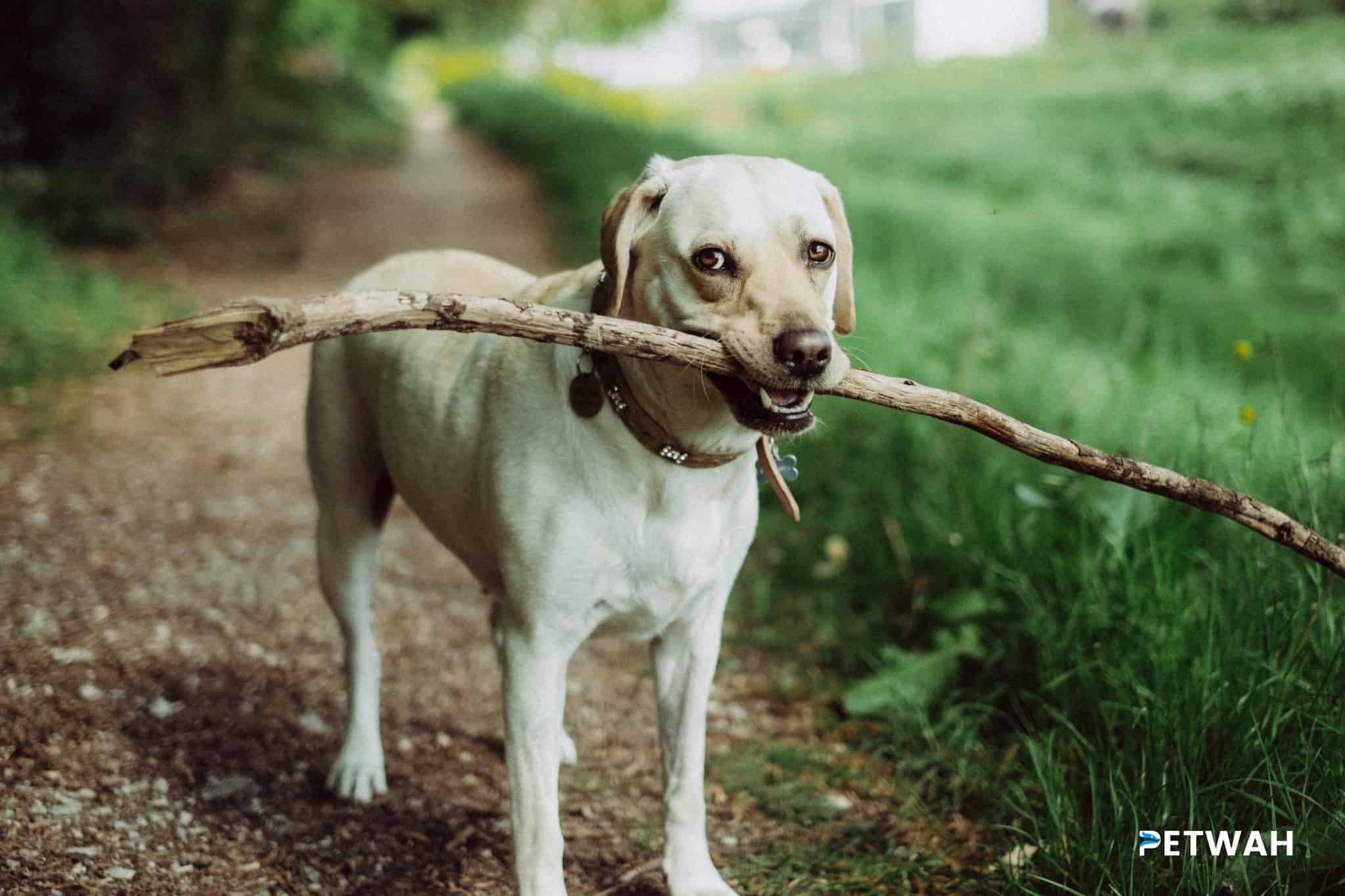As a dog owner, you want to ensure that your furry friend is getting all the necessary nutrients in their diet. Calcium is an essential mineral that plays a crucial role in maintaining strong bones, teeth, and muscles in dogs. And for Labrador Retrievers, a breed known for their active lifestyle and energy, it’s essential to ensure they are getting enough calcium to keep them healthy and active. In this blog post, we’ll discuss how to know if your Labrador Retriever is getting enough calcium in their diet and what you can do to ensure they are meeting their daily requirements. So, let’s dive in!
Labrador Retrievers are known for their love of food and their healthy appetites. However, ensuring that they are getting the right nutrients in their diet can be challenging. One of the essential nutrients that Labrador Retrievers need is calcium. Without adequate calcium intake, a Labrador Retriever can develop various health problems, including bone and teeth issues.
Calcium is a vital mineral that plays a critical role in many bodily functions, including the development of bones, teeth, and muscles. It is especially important for growing puppies and older dogs, as well as pregnant and lactating females. As a dog owner, you need to ensure that your Labrador Retriever is getting enough calcium in their diet to maintain healthy bones and teeth.
So, how do you know if your Labrador Retriever is getting enough calcium in their diet? Here are some signs to look out for:
1. Weak Bones
One of the most common signs of calcium deficiency in dogs is weak bones. If your Labrador Retriever has trouble standing up or walking, it could be a sign that their bones are weak and brittle. Other symptoms may include limping, swollen joints, and reluctance to move.
2. Dental Problems
Calcium is essential for healthy teeth, and a lack of calcium can cause dental problems such as loose teeth, gum disease, and tooth decay. If you notice that your Labrador Retriever has bad breath, swollen gums, or loose teeth, it could be a sign of calcium deficiency.
3. Muscle Weakness
 - Copy.jpg)
Calcium also plays a vital role in muscle function. If your Labrador Retriever is experiencing muscle weakness, it could be a sign that they are not getting enough calcium in their diet. Other symptoms may include lethargy, slow movements, and difficulty standing up.
So, how can you ensure that your Labrador Retriever is getting enough calcium in their diet? Here are some tips:
1. Feed Them a Balanced Diet
The easiest way to ensure that your Labrador Retriever is getting enough calcium is to feed them a balanced diet that includes calcium-rich foods. Foods such as bone meal, sardines, and yogurt are excellent sources of calcium.
2. Consider Supplements
If your Labrador Retriever is not getting enough calcium from their diet, you may want to consider adding a calcium supplement to their food. However, it’s important to talk to your veterinarian before giving your dog any supplements.
3. Regular Check-Ups
Regular check-ups with your veterinarian can help ensure that your Labrador Retriever is getting the right nutrients in their diet. Your veterinarian can perform blood tests and other diagnostic tests to determine if your dog is lacking in any essential nutrients.
ensuring adequate calcium intake is crucial for your Labrador Retriever’s overall health and well-being. By feeding them a balanced diet, considering supplements, and regular check-ups, you can help ensure that your Labrador Retriever is getting enough calcium in their diet.
In conclusion, ensuring that your Labrador Retriever is getting enough calcium in their diet is crucial for their overall health and well-being. By following the tips and recommendations outlined in this article, you can help promote strong bones, teeth, and muscles in your furry friend. Remember to always consult with your veterinarian before making any significant changes to your dog’s diet or nutrition plan, and to prioritize high-quality, calcium-rich foods that will support your Lab’s health for years to come. With the right approach and a little bit of effort, you can help ensure that your Labrador Retriever lives a long, happy, and healthy life.


%20-%20Copy.jpg)
%20-%20Copy.jpg)




